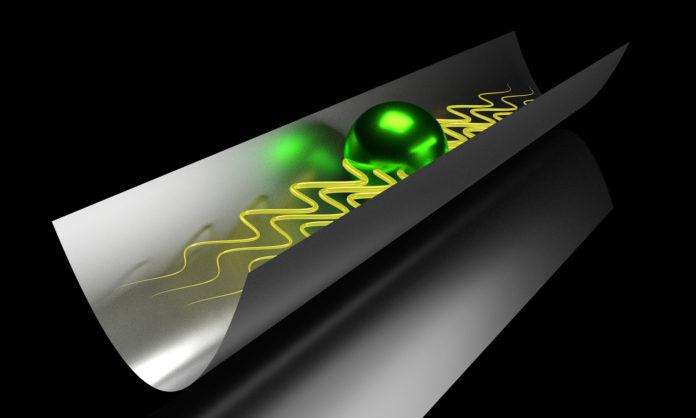A falling apple from a tree made scientist Issac Newton establish a well-known gravity law. His theory describes the motion of objects subjected to the force. From a skydiver falling in the earth’s gravitational field to the earth orbiting around the sun, the impact of Newton’s law is evergreen in everyday experience.
In the quantum world, the motion of objects is strongly challenged and may sometimes even completely fail. Scientists at Innsbruck, in collaboration with theorists from Munich, Paris, and Cambridge studying a marble falling through water oscillating up and down rather than just moving straight downwards.
In real, scientists have discovered a quantum particle that’s what scientists call quantum interference. It is the fact that quantum mechanics allows particles to behave like waves, which can add up or cancel each other.
Scientists primarily cooled down the gas of Cesium atoms to observe the quantum particle oscillating back and forth. They also had to confine it to an arrangement of very thin tubes realized by high-power laser beams.
They then used a simple trick that allowed the atoms to interact with each other. At such extreme conditions, the atoms form a quantum fluid whose motion is restricted to the direction of the tubes. Thus, scientists then accelerated an impurity atom, an atom in a different spin state, through the gas.
When the quantum particles started moving, they were scattered off the gas particles and reflected backward. The effect is termed ‘Bragg-scattering’. This causes an oscillatory motion in contrast to what a marble would do when falling in the water.
Scientists found that the experiment failed Newton’s law in the case of the quantum realm.
Scientists explained, “A quantum wave may get reflected in certain directions has been known since the early days of the development of the theory of quantum mechanics. The surprising thing that happened during the experiment was that no crystal was present for the impurity to reflect off. Instead, it was the gas of atoms itself that provided a type of hidden order in its arrangement, a property that physicists dub ‘correlations’.”
The study suggests that the correlations in combination with the wave nature of matter, determine the motion of particles in the quantum world. It could lead to novel and exciting phenomena that counteract the experiences of our daily life.
